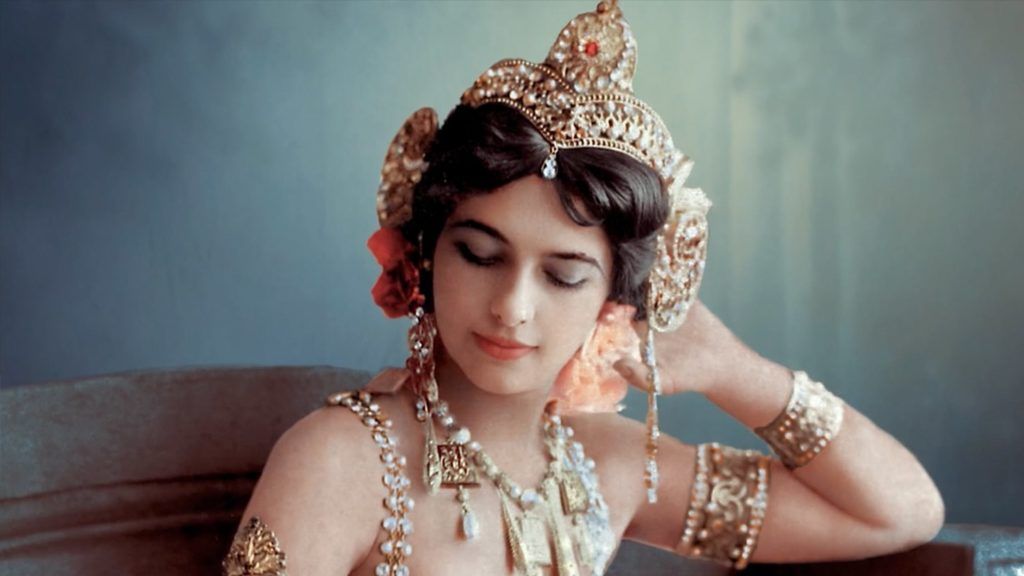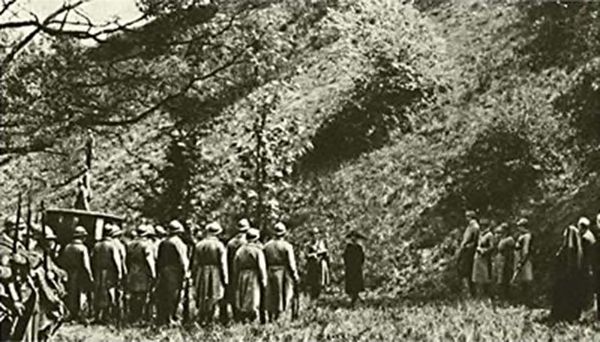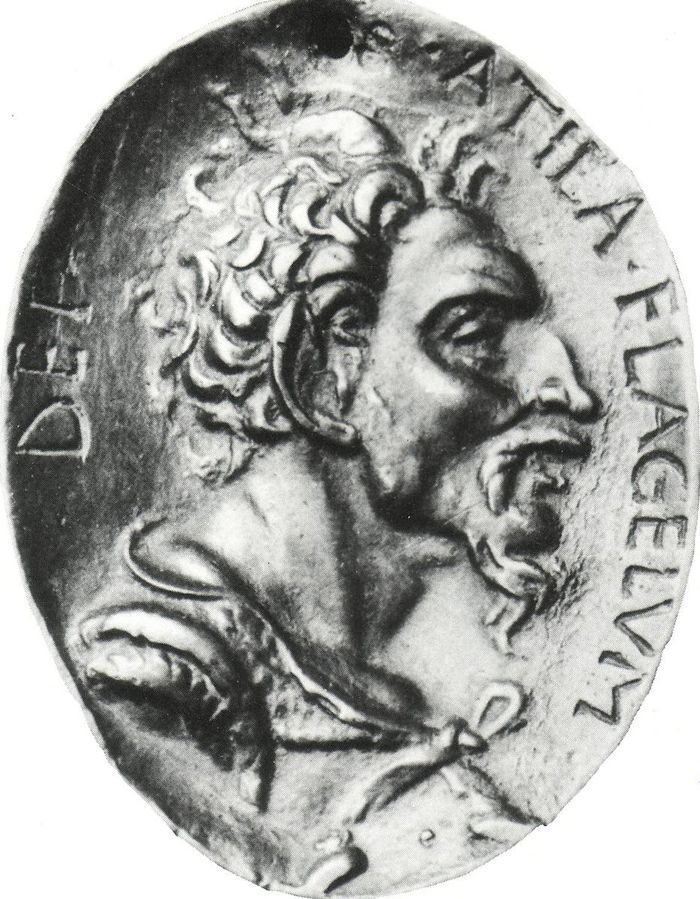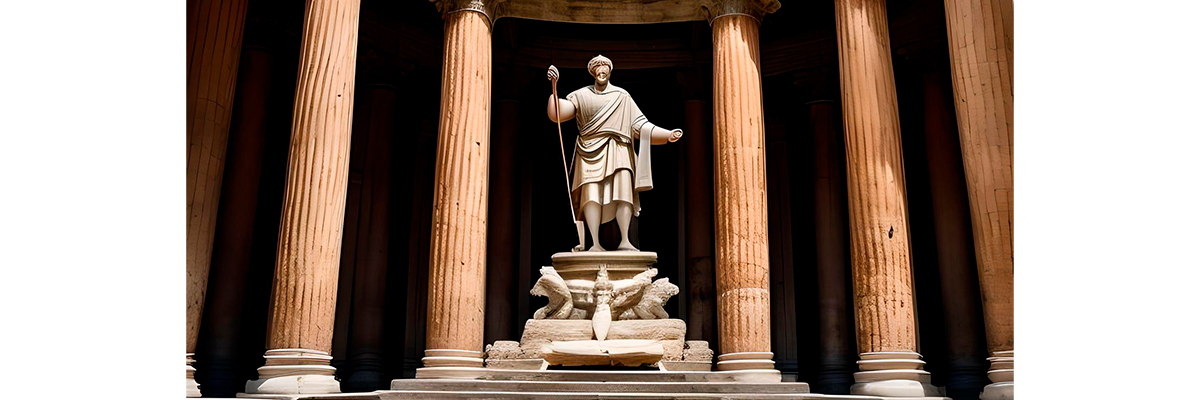▷ Was Mata Hari a spy? “I’m a whore, not a spy”

Contents
Mata Hari was the stage name that the Dutch Margaretha Zelle adopted when she became one of the most popular exotic dancers in Paris on the eve of the First World War.
Although many of the details of her childhood and adolescence are unknown , it is believed that she was born in the Netherlands in the year 1876 and married a Dutch army officer 21 years her senior when she was 18 years old .
The marriage quickly produced offspring. Margaretha gave birth to two children and all four traveled to the Island of Java where her husband was assigned in 1897.
Margaretha went to Paris (…) It was there that she took the name of Mata Hari and soon attracted attention with her performances in Paris, Berlin, Vienna, Madrid and other European capitals.
Apparently, the marriage was not entirely happy and they were soon separated. The couple returned to the Netherlands in 1902 with their daughter (their other son had died in Java). Margaretha’s husband obtained a divorce and retained custody of their daughter .

Mata Hari. ejecution moment
Margaretha went to Paris, where she reinvented herself as Mata Hari , a Hindu temple dancer fully trained in the erotic dances of the East. It was there that he took the name Mata Hari and soon attracted attention with his performances in Paris, Berlin, Vienna, Madrid and other European capitals.
Mata Hari’s spy life and the accusations
She also attracted a host of highly regarded and aristocratic lovers willing to reward her handsomely for the pleasure of her company . It is said that he was the lover of Giacomo Puccini , among others.
With the outbreak of World War I , Mata Hari’s cross-border links with German political and military figures came to the attention of the French secret police and she was placed under surveillance.
the French suspected that she was a double agent, accused of being in the service of German espionage
The French secret services induced her to travel to a neutral Spain during the war to establish relations with the German naval and military attachés in Madrid and to report any circumstance to Paris.
However, in the murky world of espionage, the French suspected that she was a double agent . In February 1917, Mata Hari returned to Paris and was immediately arrested; accused of being in the service of German espionage .
Her trial during the month of July revealed some damning evidence that the dancer could not adequately explain, for which she was convicted and sentenced to death .
That evidence was an amount of money that he had received from German officials and that he admitted at trial where, on the other hand, he was defended by a former lover, his lawyer, Maitre Clunet. The accusations were clear: determine if he was a spy and worked for the enemy.
In 2001 all information related to the trial was declassified . A total of 600 pages with the data of the statements of the witnesses, among which were former lovers of the dancer, such as the occasional French diplomat.
However, in moments of social upheaval, it seems that a scapegoat was needed to show, on the part of the French government, its strength and determination. Mata Hari represented an ideal culprit to accomplish this, despite the fact that she actively and passively denied the espionage accusations, even stating that “she could be a whore, but not a spy.”
In no more than forty minutes, the Court determined that the accusations were true, declaring her guilty and determining as a sentence the death penalty before a firing squad .
“I’m ready”
Mata Hari: the chronicle of his last day
Henry Wales , a British-born journalist, was one of the reporters who covered the news at the scene of the execution. In his chronicle he tells how in the early hours of the morning of October 15 , Mata Hari was transferred by car from her prison cell in Paris to an army barracks on the outskirts of the city, where she would meet her fatal fate. .
However, the journalist also said that Mata Hari, that morning, made a direct appeal to the French president for clemency and that, how could it be otherwise, he was waiting with expectation for his response.
However, as we already know, the indication he received about his plea was the denial of it.
The chronicles say that not once, neither during the trial nor in front of the firing squad, did Mata Hari appear weak.
Father Arbaux, accompanied by two sisters of charity, Captain Bouchardon, in command of the execution, and Maitre Clunet, his lawyer, entered his cell, where he still slept: a peaceful sleep.
When she was awakened, she asked if she could write two letters.
Captain Bouchardon immediately gave his consent, and pen, ink, paper, and envelopes were given to him.
He sat on the edge of the bed and wrote the letters, handing them over to his attorney’s custody.
Then she put on her stockings, black, silky, vaporous, grotesque under the circumstances. She put her high-heeled shoes on her feet and tied the silk ribbons over her insteps.
He got up and took a long black velvet cloak, with fur and a huge fur collar. She draped this cloak over the heavy silk kimono she wore over her nightgown.
Her thick black hair was still coiled on her head in braids. She put on a large billowy black felt hat with a black silk ribbon and bow. Slowly and casually, it seemed, she put on a pair of black children’s gloves. Then she calmly said, ‘I’m ready.’
It was barely five thirty in the morning and the sun had not yet risen in the sky.
The car turned toward the Caserne de Vincennes, the barracks of the old fort that the Germans stormed in 1870.
The troops were already prepared for execution. The twelve soldiers forming the firing squad lined up with their rifles. A noncommissioned officer was behind them, his sword drawn.
The car stopped, and the group got out. The retinue walked directly to the intended location, where a small mound of dirt rose seven to eight feet high and provided a background for miss-hitting bullets.
Mata Hari’s bravery
As Father Arbaux spoke to the condemned woman, a French officer approached, wearing a white cloth to blindfold.
‘Should I use that?’ Mata Hari asked, turning to his lawyer.
Maitre Clunet turned questioningly to the French officer.
“If you prefer not, it doesn’t matter,” replied the officer, hastily turning around.
Mata Hari was not bound and was not blindfolded. She remained staring at her executioners when the priest, the nuns, and her lawyer parted from her.
A sharp, crackling command and the twelve men assumed rigid positions. Another order, and his rifles were already on his shoulders. Mata Hari did not move a muscle, according to the chronicles .
The noncommissioned officer raised his sword in the air, lowered it, and the shots fired. However, Mata Hari fell to her knees, but she was not dead.
For a fraction of a second he seemed to stagger, still on his knees, staring directly at those who had taken his life. Then he fell backward, bending at the waist, his legs bent. Mata Hari lay on his stomach, motionless, his face turned to the sky .
An officer drew his revolver and placed the muzzle of the revolver almost, but not quite, against the alleged spy’s left temple. He pulled the trigger and the bullet ripped through the woman’s brain.
To know more:
Howe, Russell Warren, Mata Hari: The True Story (1986).






